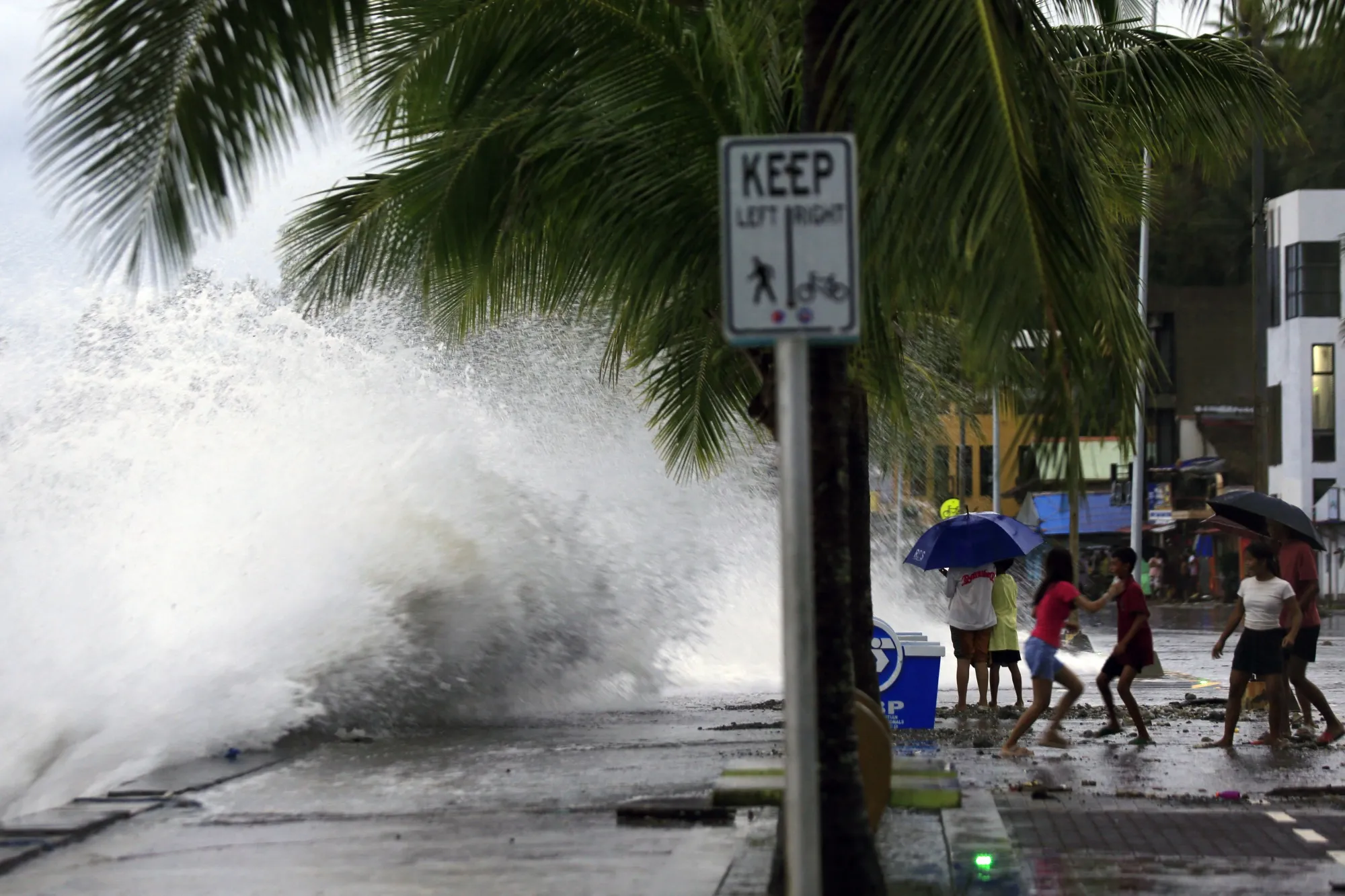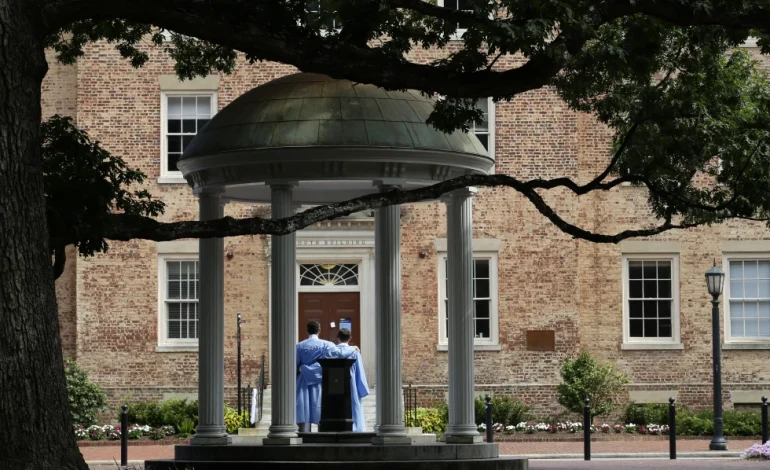Recent data from several top US universities shows a varied impact on Black and Hispanic enrollment after the Supreme Court’s ruling in 2023 that ended affirmative action in college admissions.
While some schools experienced a decline in the representation of students from these groups, others maintained their diversity.
At the University of North Carolina at Chapel Hill (UNC), one of the schools involved in the Supreme Court case, the percentage of Black students in the incoming class dropped from 10.5% last year to 7.8%. The share of Hispanic students also slightly decreased from 10.8% to 10.1%, while Asian student enrollment rose slightly. UNC’s situation has drawn attention as the university adjusts its admissions processes to comply with the new legal landscape.
This decline was anticipated, given the court’s ruling, which dismantled a key method universities had used for decades to increase diversity on campus. MIT, for example, reported a sharp decline, with the share of Black, Hispanic, Native American, and Pacific Islander students dropping from 25% to 16%. Amherst College saw its proportion of Black students plummet from 11% to 3%. These sharp drops have raised concerns about the future of racial diversity at highly selective institutions.
However, some universities have reported little to no change in their racial diversity. Yale and Princeton universities saw only slight fluctuations in the numbers of Black and Latino students. Yale maintained its proportion of Black students, while Princeton’s share of Black students in the incoming class fell by just 0.1%. The University of Virginia (U-Va.) and Duke University reported similarly stable numbers.
Experts caution against drawing quick conclusions. Katharine Meyer, a fellow at the Brookings Institution, noted that factors beyond affirmative action, such as changes in financial aid and standardized test policies, have also shaped this year’s enrollment data. Delays in the federal financial aid process, particularly the Free Application for Federal Student Aid (FAFSA), may have further affected how students navigated their college decisions.
Financial aid plays a crucial role in shaping the diversity of student bodies. Schools like U-Va. and Yale have bolstered initiatives to make education more affordable, which has helped preserve diversity. U-Va., for instance, reported that almost a quarter of its incoming class qualifies for federal Pell Grants.
Some experts argue that maintaining campus diversity requires more than race-based admissions policies. Universities that successfully preserved their diversity this year have increasingly focused on socioeconomic factors and outreach to underserved communities. Administrators at institutions like Tufts University have committed to expanding their recruitment efforts to ensure historically underrepresented students continue to apply and succeed on their campuses.
While the full effects of the Supreme Court’s ruling will take years to fully assess, it is clear that universities are adapting to a new admissions landscape. Institutions that reported dramatic declines in minority enrollment, such as MIT and Amherst, are now exploring alternative strategies to promote diversity. Some experts suggest that universities invest in pipeline programs and initiatives to address systemic inequities in K-12 education, helping to better prepare underrepresented students for competitive college admissions.
The Washington Post, the Hill, and the Associated Press contributed to this report.









